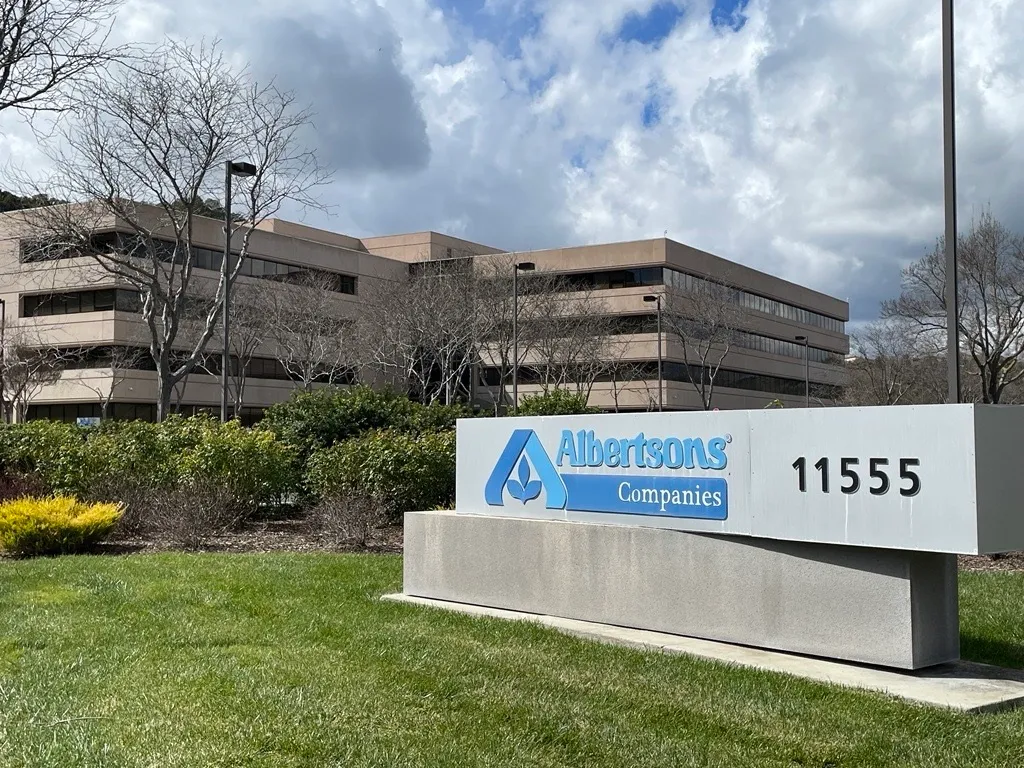At a time when consumer packaged goods companies and retailers face constant profit pressures, reassessing commercial strategies is paramount. As companies focus on driving long-term profitable growth, revenue growth management (RGM) is more critical than ever. Yet, a significant number of companies report their RGM capabilities as suboptimal, with many struggling to effectively manage and analyze trade spend. What does an effective RGM strategy look like in today’s marketplace? Where are best-in-class CPGs focusing their efforts?
An effective RGM strategy must encompass several critical areas, including price pack architecture, trade and promotion strategies, trade spend optimization, assortment optimization, and product portfolio management. Also, supply chain and operation teams should be evaluating trade terms and policies to better enable efficient business practices and ultimately reduce the cost to retail customers.
Our Market Performance Group (MPG) team emphasizes the importance of strategic reallocation, which can be achieved by enhancing supply chain efficiency, fostering collaboration and harnessing new marketing capabilities. This highly experienced team of RGM, field sales, supply chain, finance and retail expertshas enabled numerous commercial investment optimization initiatives, helping CPG businesses to identify and redirect significant, non-working trade investment dollars to strategic omnichannel growth initiatives.
What should marketers consider when looking to optimize commercial spend? Our advice:
• Foster an enterprise-wide profitable growth mindset — Establish ways of working within the organization to ensure maximum value while minimizing costs to serve. Ensure cross-functional teams have the skills needed to identify and capitalize on opportunities to reduce non-working dollars. This includes an understanding of price pack architecture, trade optimization/efficiency, assortment optimization, financial acumen and supply chain logistics.
• Audit commercial spend — Over the years, total commercial investment has grown faster than sales. Begin by conducting a thorough audit of commercial spend to identify non-working dollars, often hidden in underperforming campaigns, inefficient supply chain processes or outdated strategies. Leverage data analytics for ROI assessment.
• Optimize promotional spend — Evaluate promotional strategies to ensure they drive incremental sales rather than merely subsidizing regular purchases. Tailor to current consumer behavior and market trends, ensuring each dollar contributes to profitable growth.
• “Unmask” pay for performance — Develop a collaborative scorecard to review the business’s health. Align with retail partners on metrics/KPIs for measurement. Shared goals and collaborative scorecards will drive efficiency and the actions required to drive profitable growth.
• Identify e-commerce efficiency opportunities — Selling on Amazon.com is a lynchpin in building a successful e-commerce strategy, yet billing errors, lost or damaged inventory, weight overcharges, and other erroneous fees can add up quickly and hurt profits. The recovery process can be complicated, requiring careful adherence to Amazon’s dispute process and deadlines in order to achieve a favorable outcome. But it’s not impossible. MPG has helped brand partners recover over $70 million in “trapped dollars” — funds that were then available to be redeployed to drive consumer connection and growth in this important channel.
• Enhance supply chain efficiency — Lowering the cost to serve is integral to freeing up capital for reinvestment. Through collaboration, focus on reducing inefficient order processes, shorts and defectives; improving lead time planning; and optimizing logistics. Goals should include identifying execution gaps, reducing supply chain-related fees and penalties, and enhancing the supplier/retailer supply chain relationship. This will not only reduce costs but also improve customer satisfaction.
• Maximize retail media network (RMN) potential by assessing as part of your overall commercial investment — RMNs can provide the opportunity to develop stronger retail partnerships and more personalized connections with your consumers. Examine how you can best change the spending mix to closely connect media investments with in-store activations. Think: What if we took some of the non-working funds we have identified and put them into RMN programs focused on driving brand equity, shopper loyalty, personalization to the retailer, and ultimately conversion to sales?
By focusing on these strategies, you can ensure that every dollar spent is an investment in driving profitable growth, benefiting your brand, retail partners and consumers.
MPG is a leading end-to-end, strategy and services omnichannel commerce agency focused on creating the best path forward — from market strategy to in-market reality — for today’s fastest-growing CPG manufacturers. The company leverages the expertise of seasoned manufacturer and retailer experts with significant experience delivering top-line revenue and bottom-line profit.
Kristine Urea is executive vice president at MPG; Kristine.urea@mpgllc.com or visitmarketperformancegroup.com.







